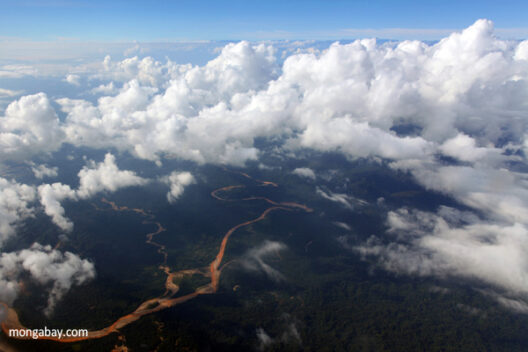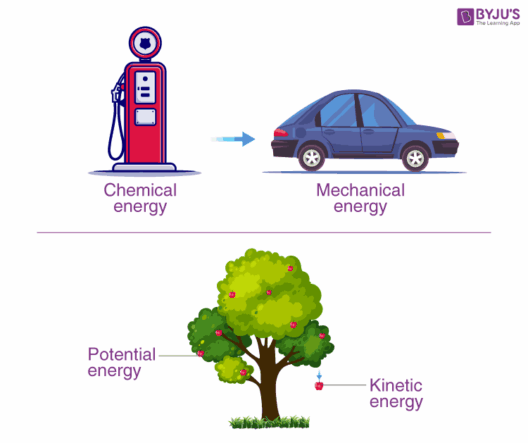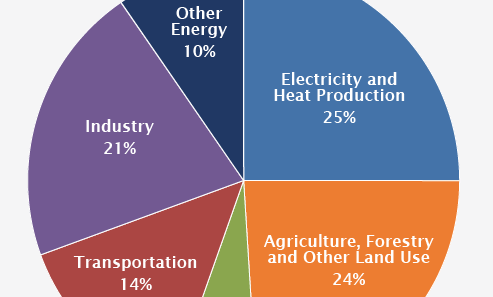In the realm of European climates, Spain stands out with its remarkable variety. Indeed, one might ponder: How can a single country exhibit such an array of weather patterns, from the sun-drenched coasts to the verdant valleys and rugged mountains? This article delves into the complexities of Spain’s climate, illuminating the factors that contribute to its diverse meteorological tapestry.
Geographically, Spain encompasses a myriad of landscapes, ranging from fertile plains to towering peaks and extensive coastlines. This diversity plays a pivotal role in shaping its climate. The country is broadly divided into several climatic zones, each with distinct characteristics influenced by altitude, proximity to the sea, and prevailing winds.
One might first consider the Mediterranean climate, which predominates along the eastern and southern peripheries. Characterized by hot, dry summers and mild, wet winters, this climate fosters the growth of diverse flora, including olive groves and vineyards. However, one must ask: What challenges does this climate pose to agriculture in the face of climate change? As temperatures rise and rainfall patterns shift, farmers may find themselves grappling with droughts or floods—conditions that could jeopardize traditional practices and crop yields.
Moving inland, the climate transitions to a more continental character. Regions such as Castile and León experience larger temperature variances, with scorching summers and frigid winters. In these areas, the significant elevation also contributes to the disproportionality of climate extremes. During the summer months, average temperatures can soar beyond 40°C (104°F), while winter can dip dramatically, frequently reaching sub-zero temperatures. This stark dichotomy raises intriguing questions: How will local ecosystems adapt to such extremity? Will wildlife migrate, or will species diversity become compromised as habitats shift?
Furthermore, the northern coast along the Bay of Biscay presents yet another climatic paradigm, predominantly influenced by the Atlantic Ocean. This region enjoys a maritime climate—mild, wet winters and cooler summers. Rainfall is abundant, nurturing lush green landscapes often dubbed “the Spain of the north.” The impact of these weather patterns is most visible in agriculture, where farmers cultivate a plethora of produce, ranging from apples to high-quality wines. However, with increasing climate variability, farmers may be challenged by unpredictable precipitation patterns. Could their traditional crops withstand this uncertainty?
Interestingly, the Canary Islands, located off the northwest coast of Africa, present a unique climatic situation. These islands boast a subtropical climate, characterized by gentle temperatures year-round and minimal seasonal variance. The diversity of the islands—from arid regions to lush forests—further exemplifies how geographical features dictate climate. Tourism thrives here, drawing visitors year-round; yet, this influx poses a challenge to the local environment, raising concerns about sustainability. Is it feasible to balance economic gains with ecological preservation?
Spain is also subject to phenomena like the *Sirocco*, a hot wind from North Africa that can elevate temperatures dramatically during the spring and summer months. This climatic event serves as both a blessing and a curse, often turning the landscape into a parched canvas while simultaneously enriching agricultural soils with mineral deposits. Yet, the increased frequency and intensity of such events, a potential outcome of climate change, could lead to devastating droughts. Are mitigation strategies being employed effectively to prepare for these scenarios?
In recent years, climate change has emerged as a formidable force impacting Spain’s meteorological patterns. Rising temperatures are not merely theoretical; they manifest in the form of heatwaves, altered precipitation patterns, and increased frequency of extreme weather events. One glaring example is the rise in wildfires, particularly in the Mediterranean region, where hot and dry conditions create a volatile environment. The destruction of habitat and biodiversity is not only a tragic loss; it also poses a significant challenge to local economies reliant on tourism and agriculture. How can these communities adapt to protect both their livelihoods and the environment?
A potent tool in addressing these challenges is sustainable development. Spain has made strides towards reducing emissions and promoting renewable energy sources, particularly solar and wind power. Transitioning to a low-carbon economy is not merely beneficial; it is essential for mitigating the impacts of climate change across various climatic zones. The implementation of effective policies aimed at lowering carbon footprints will play a critical role in safeguarding Spain’s natural resources and cultural heritage. How can individuals and communities contribute to this collective endeavor?
The complexity of Spain’s climate rich with its regional contrasts, brings about both challenges and opportunities. From the parched fields of the Mediterranean to the verdant hills of the north, each climatic zone requires adaptive strategies for effective management of natural resources. As climate change continues to evoke unpredictable shifts, the pressing question remains: Are we equipped to preserve the biodiversity and agricultural integrity of this remarkable nation while remaining cognizant of our environmental responsibilities?
In summary, awareness, adaptation, and sustainability must be at the forefront of addressing Spain’s climatic complexities. The interplay between diverse weather patterns and human activity necessitates a nuanced understanding of how best to foresee challenges while fostering resilience in the face of uncertainty. The future of Spain’s climate doesn’t just rest in the hands of policymakers but in the commitment of every individual striving for a sustainable future.






